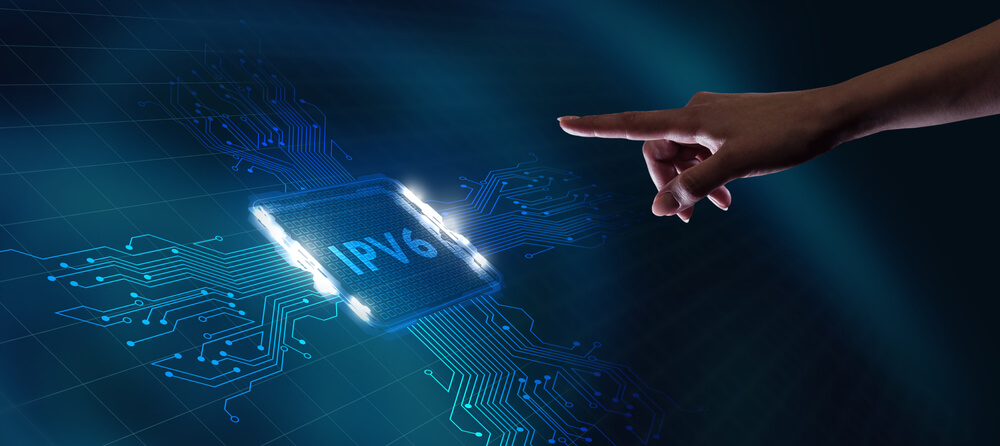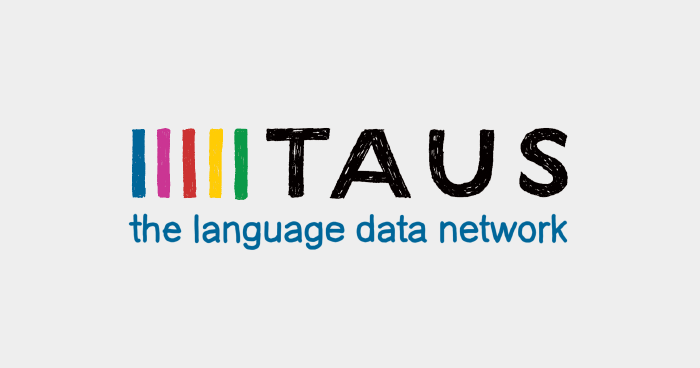IPv4 has been the most common addressing scheme in use around the world since the 1980s and has an address space of 232 addresses, totalling up to just over 4 million addresses. However, with the growth of the internet and the proliferation of multiple devices per person, the huge increase in devices meant that IPv4 is quickly running out of assignable IP addresses so that devices can connect to the internet. IPv6 is the new version on internet protocol to replace IPv4. Compared to IPv4’s 32-bit address range, IPv6 has a 128-bit address range, increasing the limit of address spaces to 2128, a much higher number of available addresses. IPv6 is an upgrade to IPv4, with upgrades in capabilities and new changes to enable it to be in use well into the future.
One of the main difference between IPv4 and IPv6 is that IPv6 can be written in hexadecimal, separated by colons. The uniqueness of IPv6 means that private addresses no longer need to be used and that every device in the world has a unique IPv6 address, meaning there will no longer be private address collisions and Network Address Translation (NAT) will no longer be required. Its larger address space also gives IPv6 more subnet space.
IPv6 also brings with it features and upgrades that are better than the older IPv4. Instead of using broadcasting to transmit a packet to multiple destinations in a single operation, IPv6 enables multicasting. Multicasting helps save network bandwidth by allowing bandwidth-intensive packets to be sent to multiple destinations simultaneously instead of IPv4 sending the same packet multiple times in a row. Furthermore, IPv6 has a flow label function that identifies packets that are of a higher priority than others, giving them preference to being sent first.
IPv6 also has a simpler header format, removing rarely used fields from IPv4 and making them optional header extensions. This simplified packet header makes packet processing more efficient. IPv6 removes the IP-level checksum so that the checksum does not need to be recalculated every router hop as most technologies already have error-control capabilities built into them.
IPv6 also allows for simpler network configuration as a host can generate its own IP address by using its MAC address to create an Extended Universal Identifier (EUI) IPv6 address. Being able to do this means that DHCP servers will no longer be required as each host already have their own unique IPv6 they can create from the MAC address they already have.
IPv6 is a direct upgrade to IPv4 by filling in many of IPv4’s inadequacies, improving on its existing functions and fixing its flaws. IPv6 is the future of IP addressing and will support the rapid growth of the internet and its many devices.












